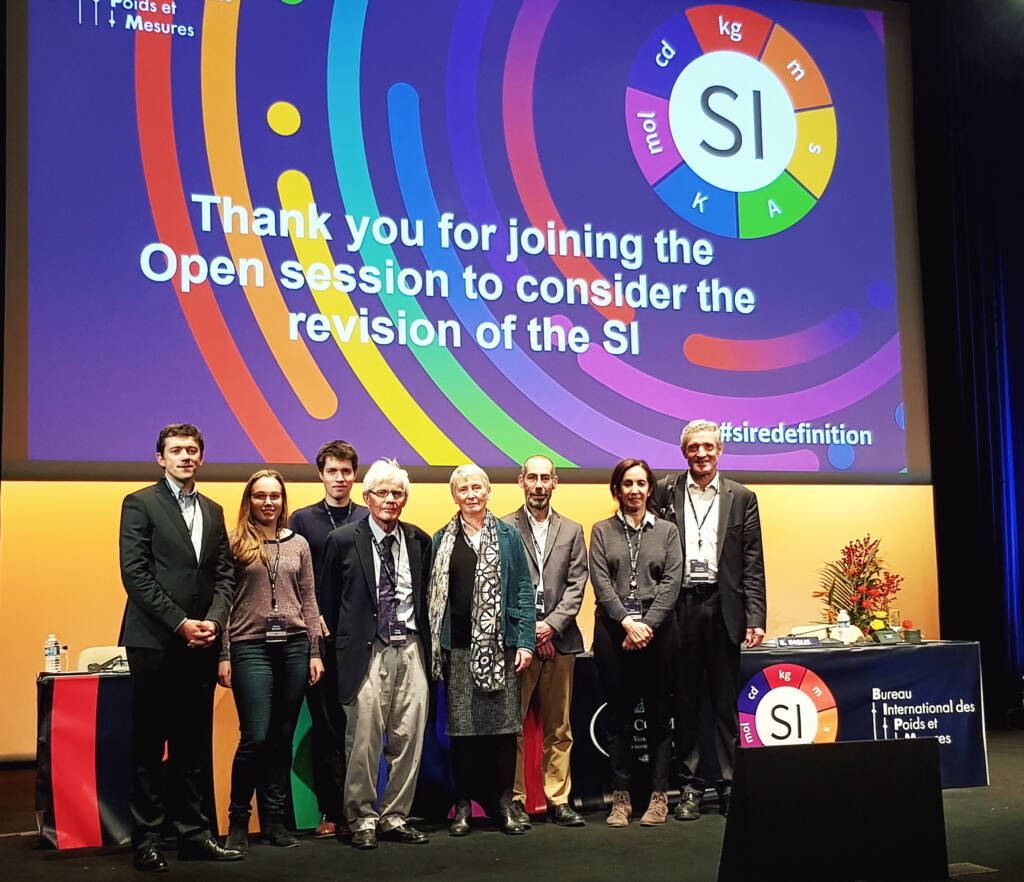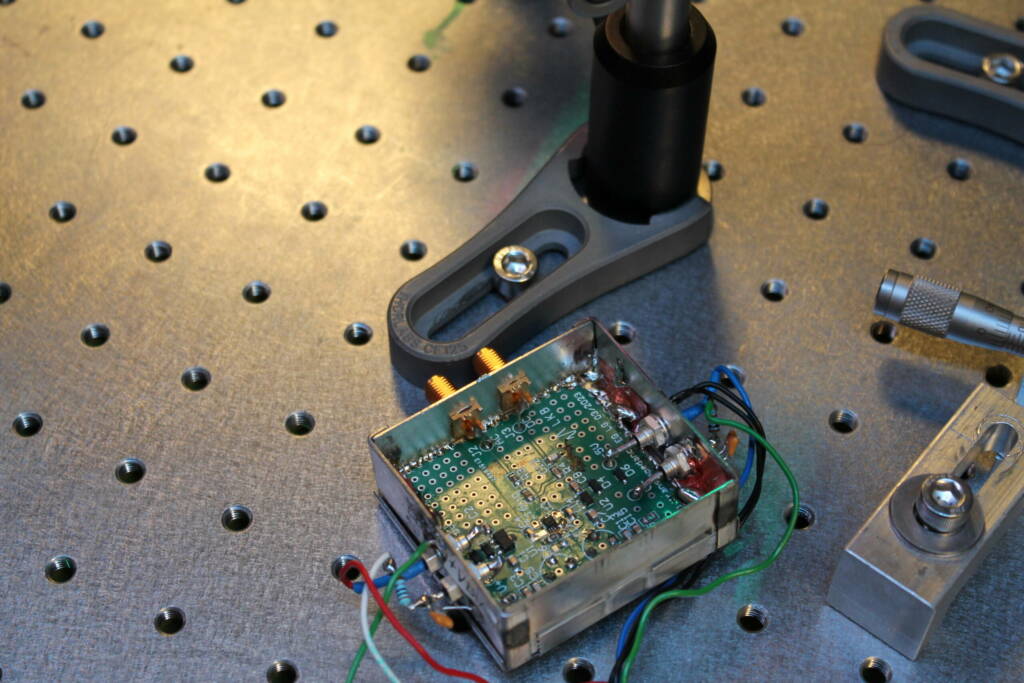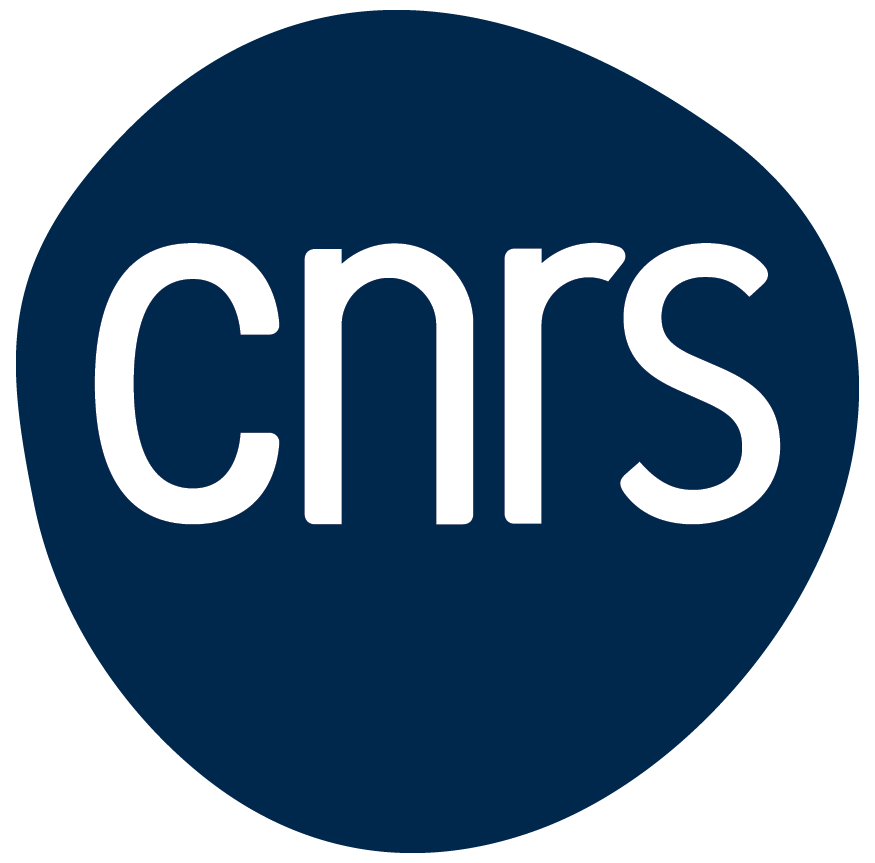- Accueil
- Laboratoire
- Présentation
- Actualités
- The Kastler Brossel laboratory involved in redefining the international system of units
The Kastler Brossel laboratory involved in redefining the international system of units
h = 6,626 070 15 × 10−34 J s

Members of the LKB Metrology teams present at the redefinition of the SI in Versailles on 16 November 2018 (Rights reserved)
The decision to redefine the units of the International System (SI) based on fundamental constants of physics was taken on 16 November 2018 in Versailles. Researchers from the Simple Systems Metrology and Fundamental Tests team at the Laboratoire Kastler Brossel, (LKB) contributed to this redefinition through high-precision measurements of fundamental constants in atomic physics and by participating in CODATA, which determined the numerical values of the fundamental constants.
Composed of experts in high-precision physics, CODATA was responsible for determining the numerical values of the four fundamental constants in the new definitions. F. Nez (member of the LKB and CNRS researcher), a member of this committee since 1998, took part in this determination, based on all the high-resolution physics measurements [1].In particular, this determination used the results of two atomic physics experiments carried out at the LKB. The first, on laser spectroscopy of the hydrogen atom (François Biraben (CNRS), Lucile Julien (SU), François Nez), enabled the Rydberg constant to be determined to thirteen significant figures [2].
The second studies laser-cooled rubidium atoms (François Biraben, Pierre Cladé (CNRS/ENS), Saïda Guellati-Khélifa (CNAM)). The ratio of Planck’s constant (h) to the mass of the rubidium atom (mRb) can be determined by measuring the speed of recoil of rubidium atoms by light. From h/mRb, the fine structure constant was deduced to nine significant figures [3]. This last experiment will also play a major role in the new SI [4][5].
Find out more about the redefinition of the international system of units
Based on physical constants, the new definitions of units are more stable (no variation in the fundamental constants has been demonstrated to date) and more universal than the old definitions. For example, the definition of the kilogram was based on a single platinum-iridium cylinder kept at the Pavillon de Breteuil in Sèvres by the BIPM [6].
The units remain the same: mass will always be expressed in kg, electric current in A, and so on. However, several units are now redefined on the basis of fundamental constants whose numerical values have been fixed, as was the case for the metre in 1983, linking the metre to the unit of time: the second (s).
The metre is defined by fixing the numerical value of the speed of light (299,792,458 m/s). The kilogram is now defined on the basis of Planck’s constant (h=6.62607015’10-34 m2kgs-1), the ampere on the basis of the elementary charge (e=1.602176634’10-19As), the mole on the basis of Avogadro’s constant (NA=6.02214076’1023 mol-1, the kelvin on the basis of Boltzmann’s constant (k=1.380649’10-23 m2kg s-1K-1). This gives us a coherent system of units based on quantum physics and relativity. All the units (apart from the mole) are linked to the second, which is the unit that we know how to realise most precisely. This has been made possible by fundamental research into the cooling of atoms by laser beams, a field in which the LKB has been a pioneer, and the development of atomic fountains [7].
The new system of units is due to be installed on 20 May 2019.
Notes
[1] The CODATA 2017 values of h, e, k and NA for the revision of the SI Metrologia 55 (2018) L13-L16.
[2] Thirty years of hydrogen spectroscopy Appl. Phys. B (2017) 123:50
[3] New Determination of the Fine Structure Constant and Test of the Quantum Electrodynamics Phys. Rev. Lett. 106, 080801 (2011)
[4] State of the art in the determination of the fine structure constant: test of Quantum Electrodynamics and determination of h/mu Annalen der Physik 525, 484-492 (2013).
[5] Precise determination of the ratio h/m u: a way to link microscopic mass to the new kilogram Metrologia. 53, A75 (2016)
[6] www.bipm.org.
[7] Cold atom clocks and applications, J.Phys. B:At.Mo.Opt.Phys.,38 (2005)S449-S468
À lire aussi
Concours CNRS – Rejoindre le LKB
Concours externes des chercheurs (H/F)
Nathan Goldman figure parmi les chercheurs hautement cités
Liste Clarivate



